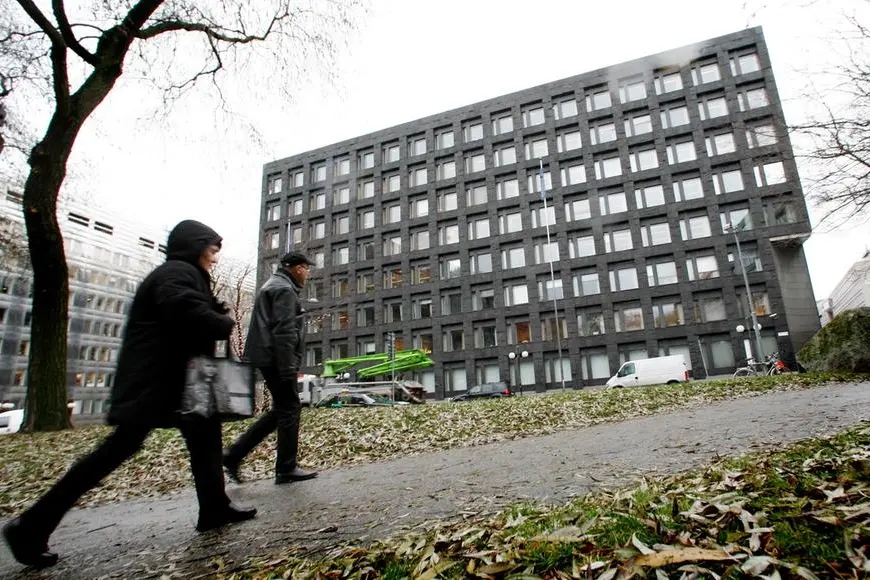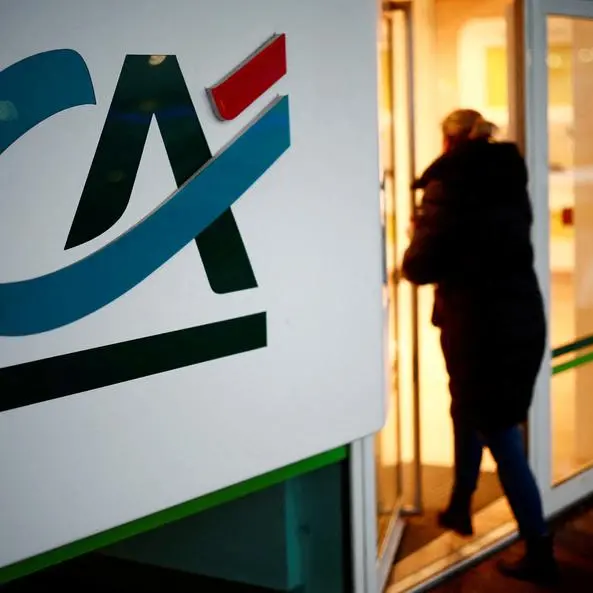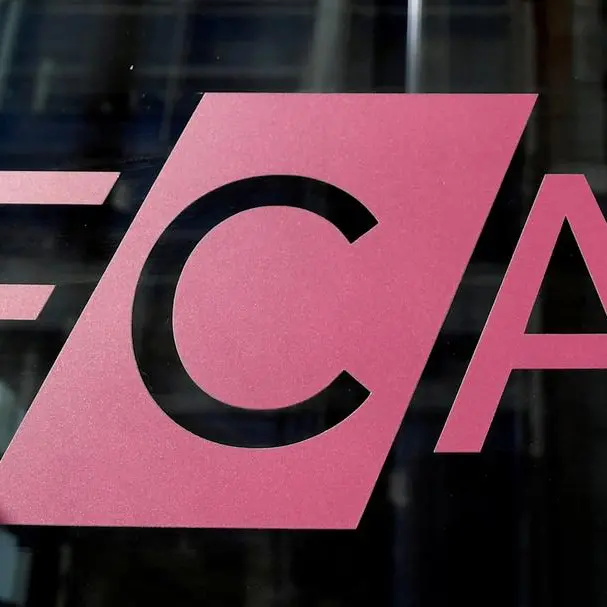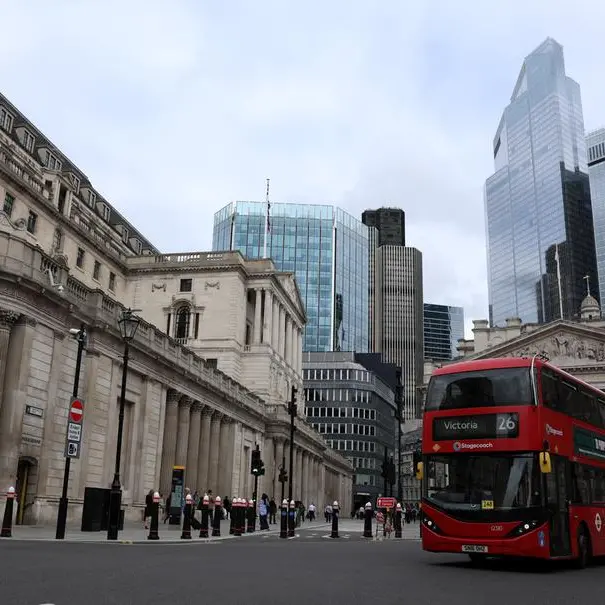PHOTO
Headline inflation picked up pace as expected in January, data published on Monday showed, and if the increase proves temporary it is unlikely to be enough to derail the central bank's plans to begin cutting interest rates some time this year.
Consumer prices in Sweden, measured with a fixed interest rate, fell 0.3 percent in January from the previous month and were up 3.3 percent from the same month last year, the statistics office (SCB) said on Monday.
Stripping out volatile energy prices, inflation was 4.4%.
The numbers were broadly in line with the Riksbank's and analysts' expectations.
The central bank targets 2 percent CPIF inflation.
The pace of inflation has dropped sharply since climbing to over 10% at the end of 2022 and after two years of rapid policy tightening, the Riksbank said it could start to cut rates from the current 4.00% soon - possibly as early as next month, although May or June are seen as more likely.
However, policy makers is likely to proceed cautiously .
The Riksbank remains concerned the downward trend in inflation could
reverse with geopolitical tensions, a weaker crown currency and corporate pricing plans are all on its radar.
Markets have been gradually pushing back expectations for the first cut and how quickly the Riksbank will move to ease policy.
A full cut isn't priced in by June and markets expect the policy rate to end the year around 3.35%.
In November - the last time the Riksbank made a forecast for inflation - it saw the headline figure at 3.15% in January.
Excluding volatile energy prices - the measure the Riksbank is looking most closely at currently - inflation was expected to be 4.5%.
Analysts saw headline inflation at 3.1% and excluding energy at 4.4%.
In December, the outcomes were 2.3% and 5.3% respectively.
(Reporting by Simon Johnson, editing by Terje Solsvik and Niklas Pollard)























